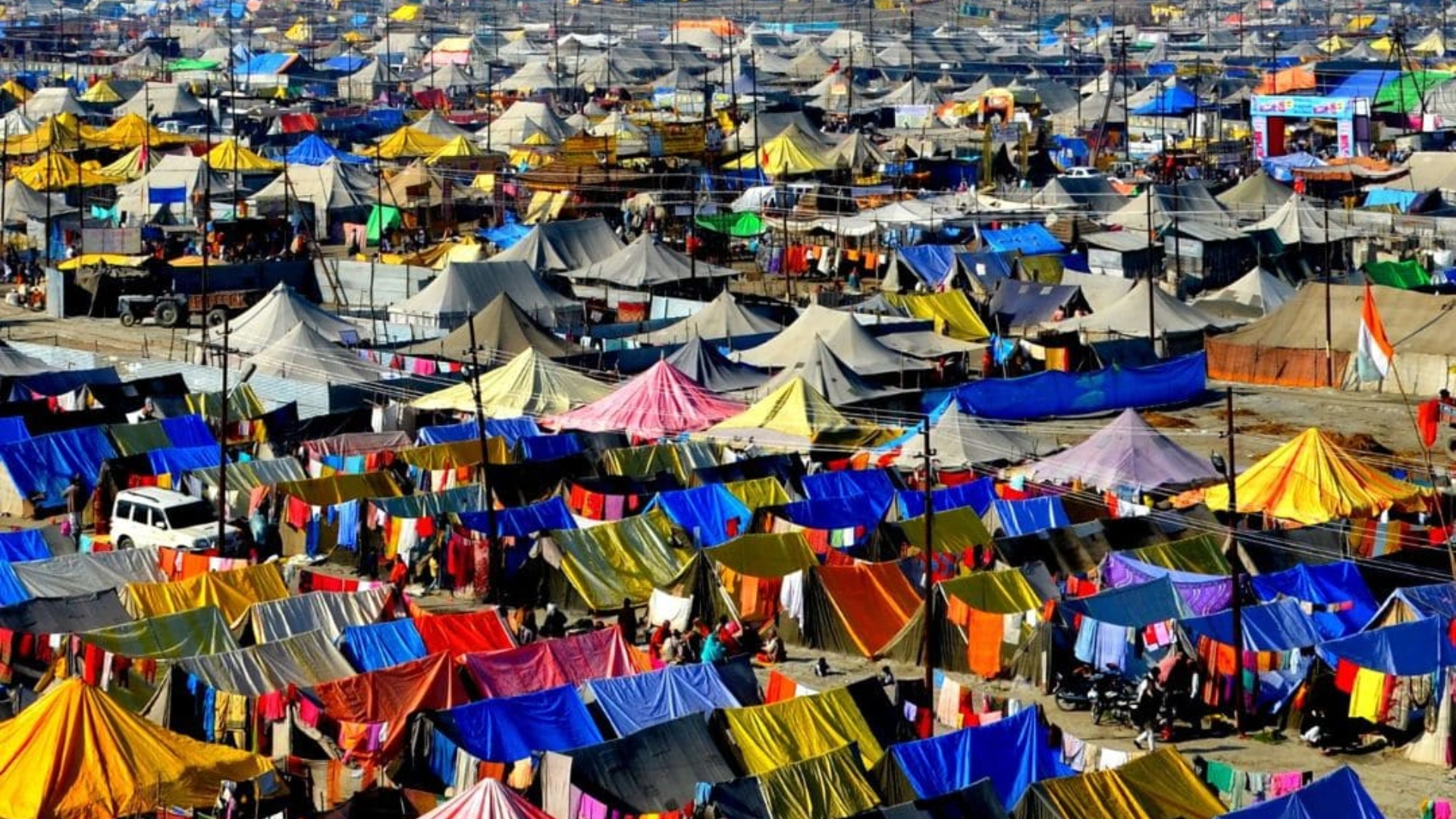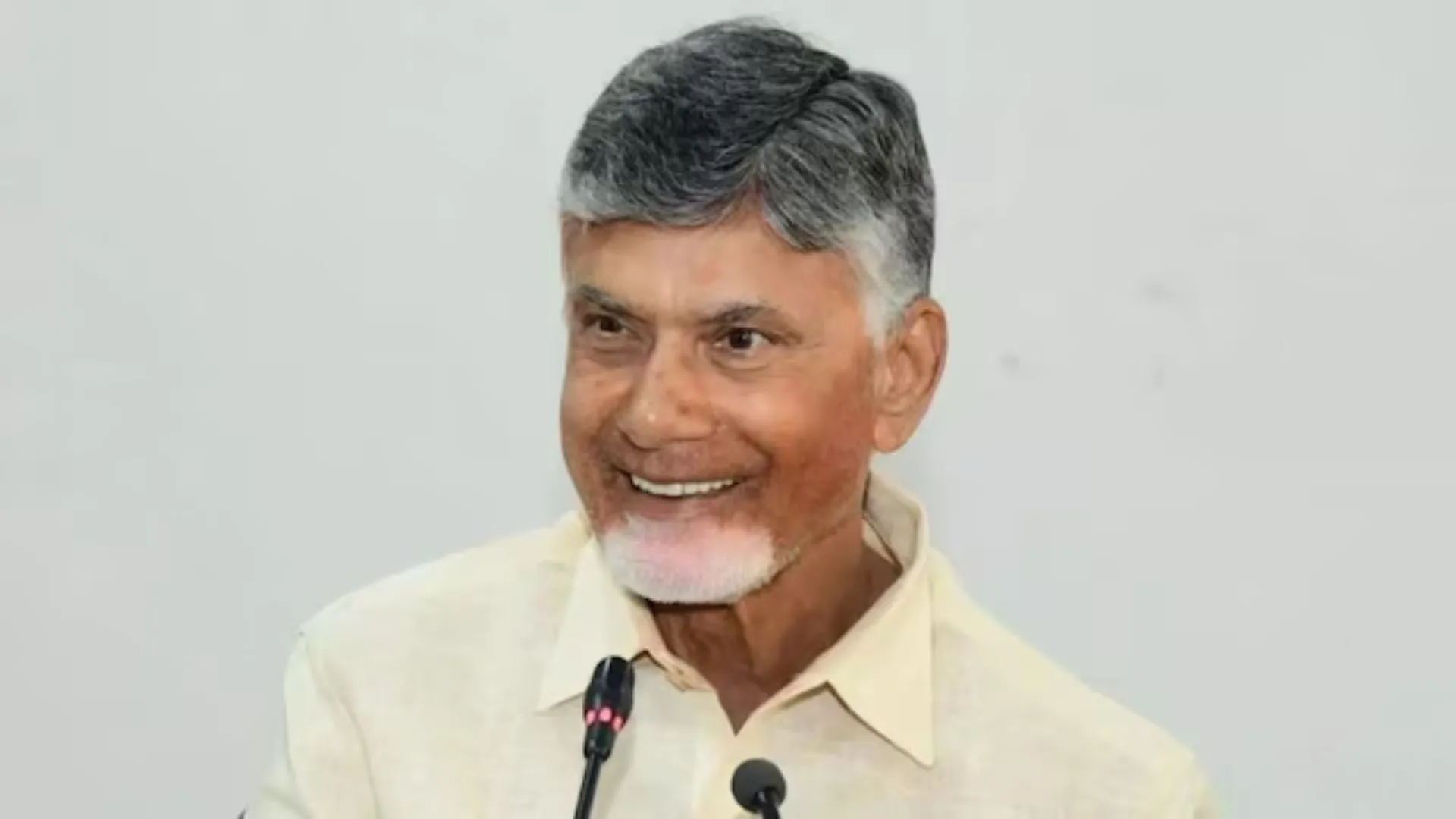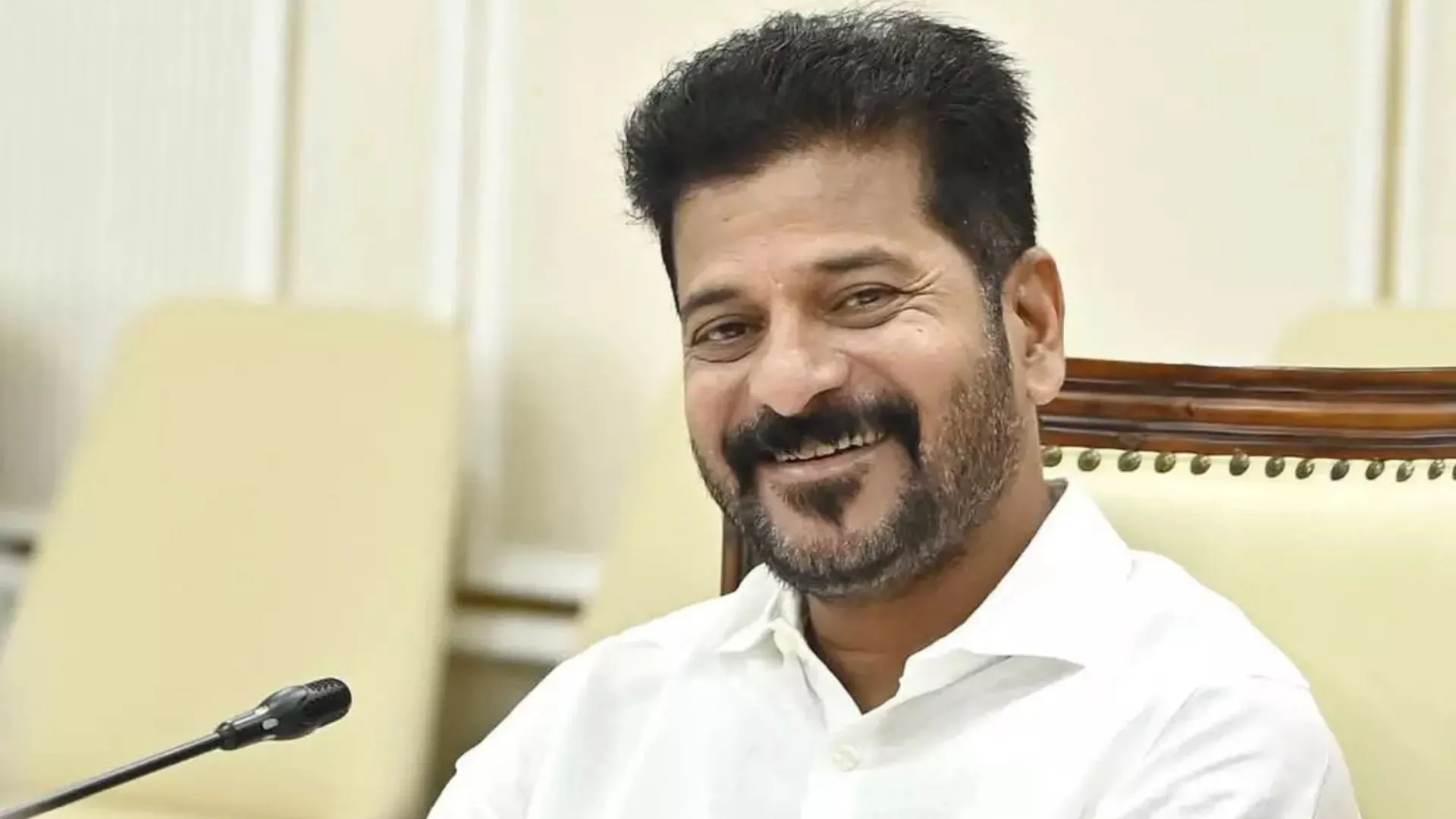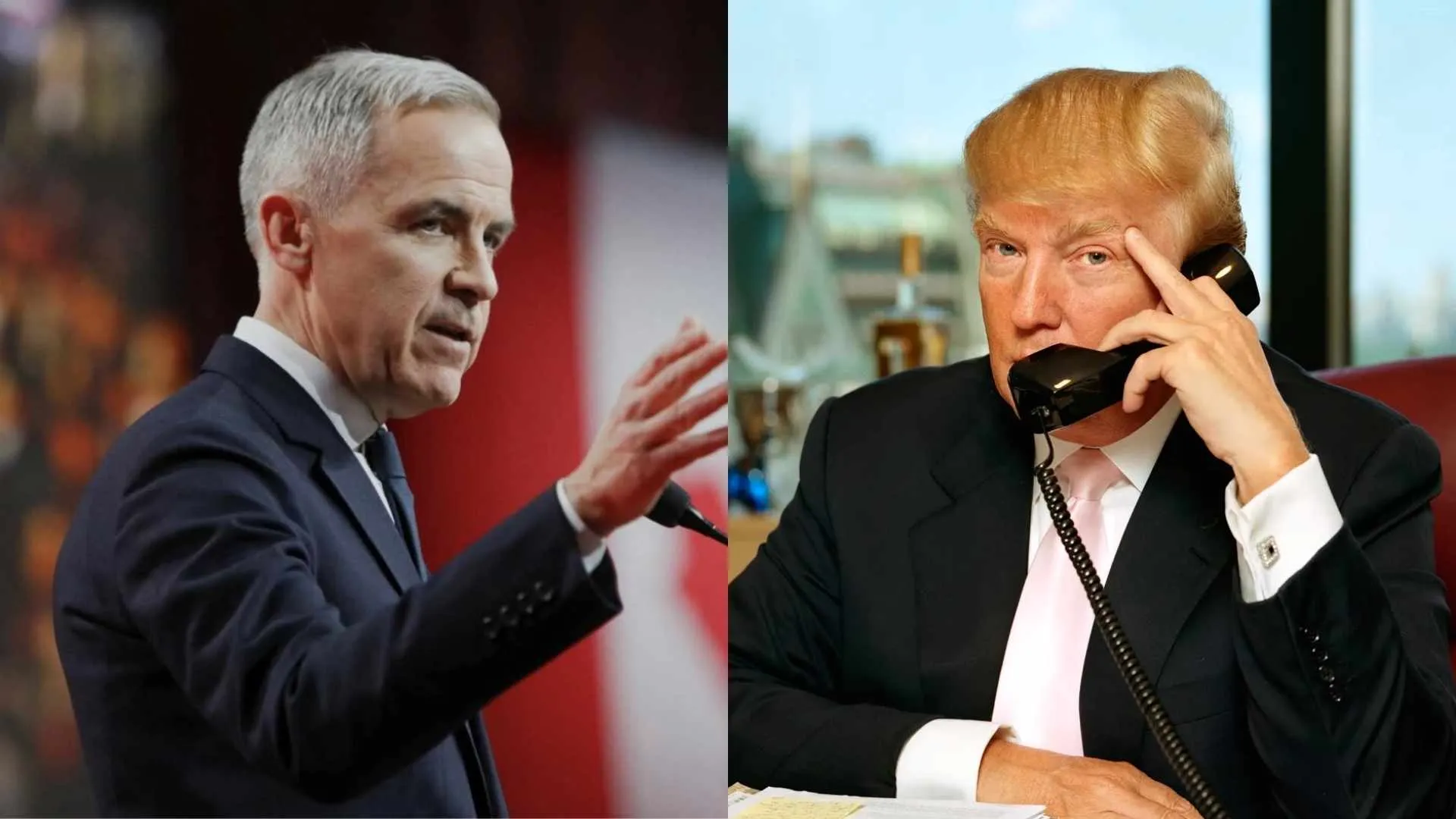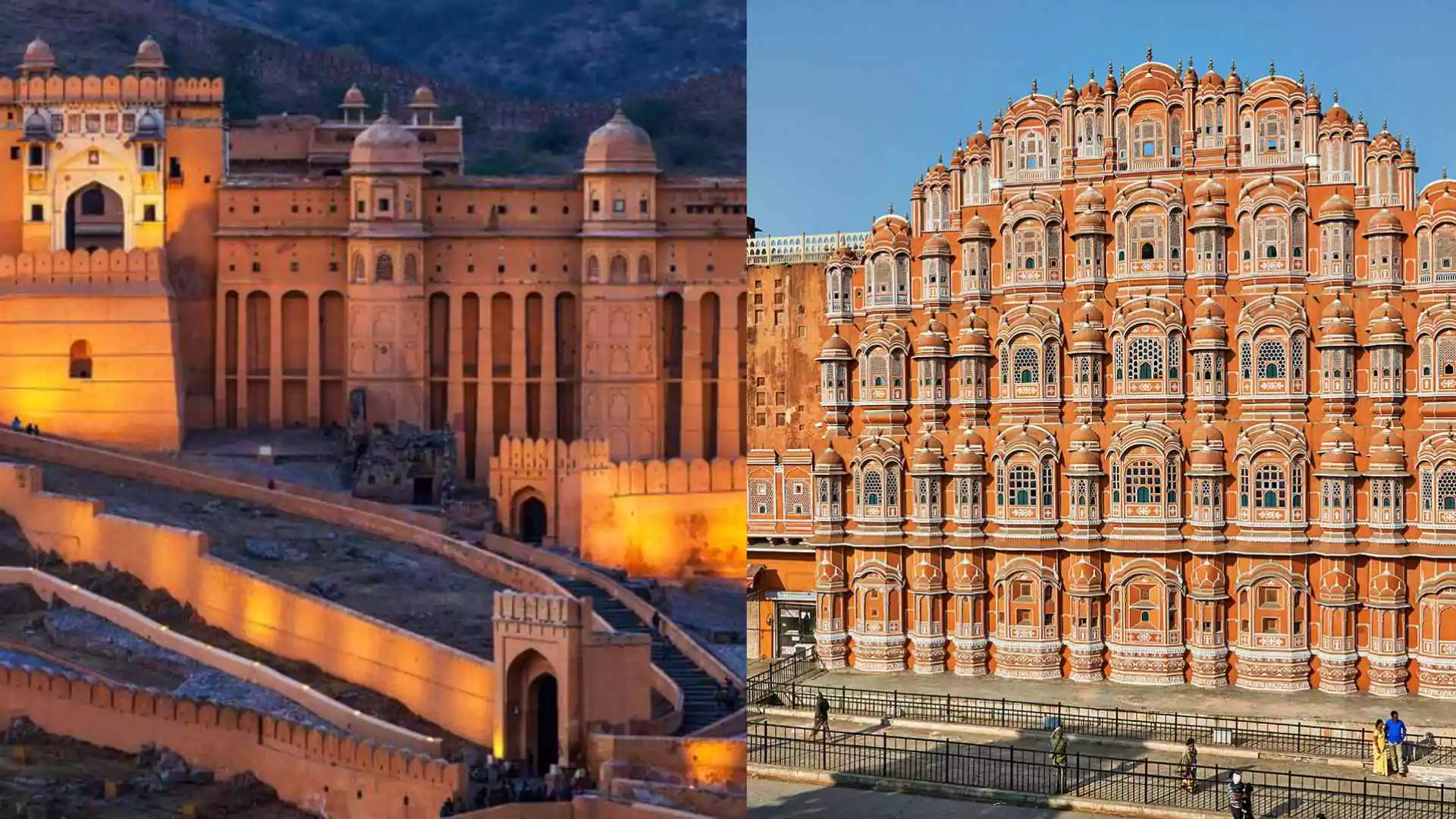When people hear the term “drones,” their minds often picture uncrewed aerial vehicles (UAVs) soaring through the skies. However, in the realm of maritime operations, remotely operated underwater vehicles (ROVs), also known as underwater drones, take center stage. These advanced devices have gained significant popularity in recent years, revolutionizing various industries and applications requiring underwater exploration. At the Maha Kumbh Mela 2025 in Prayagraj, these underwater marvels are playing a crucial role in ensuring safety and security.
What Are Underwater Drones?
Underwater drones, or ROVs, are submersible, tethered devices designed for underwater operations. Equipped with high maneuverability and specialized tools, these drones come in various sizes to meet diverse requirements. Just as aerial drones democratized access to the skies, underwater drones have made it more affordable and efficient to explore and monitor underwater environments.
Traditionally, expensive submarines and human divers were relied upon for underwater tasks. Today, underwater drones are increasingly preferred for their versatility and cost-effectiveness. These devices are widely used for purposes such as asset monitoring, infrastructure inspections, public safety, search and rescue, defense, environmental conservation, and academic research.
Grand Security Measures at Maha Kumbh 2025
The Maha Kumbh Mela, being held after 144 years, is a monumental event attracting millions of devotees to the Triveni Sangam in Prayagraj. In 2025, the festival’s anticipated attendance of over 45 crore people has necessitated unprecedented security measures. Among these, underwater drones have been deployed for the first time to ensure safety and surveillance.
The Culture Ministry revealed that these drones, capable of diving up to 100 meters, are stationed at the Sangam area for round-the-clock monitoring. Alongside them, tethered aerial drones with a reach of 120 meters provide overhead views to detect swelling crowds or areas requiring medical or security intervention.
Technological Infrastructure for Safety
In addition to underwater drones, advanced technology has been integrated into the security framework of Maha Kumbh 2025:
- AI-Powered Cameras: Over 2,700 cameras equipped with artificial intelligence (AI) capabilities and facial recognition technology are deployed at entry points to provide real-time monitoring.
- Cybersecurity Measures: A team of 56 cyber warriors monitors online threats, and cyber help desks are operational at all police stations.
- Electric Infrastructure: Authorities have installed 450,000 new electricity connections to support the festival’s demands, with power consumption expected to exceed that of 100,000 urban apartments.
Kumbh Sah’AI’yak Chatbot
To accommodate the massive influx of pilgrims, authorities have set up 150,000 tents, additional sanitation facilities, and temporary hospitals equipped with surgical and diagnostic capabilities. The Indian Railways has introduced 98 special trains making 3,300 trips during the festival. Infrastructure upgrades include renovating 92 roads, constructing 30 bridges, and installing 800 multilingual signages.
A notable innovation this year is the Kumbh Sah’AI’yak chatbot. This AI-driven tool serves as a digital companion for attendees, offering real-time guidance and updates. Accessible through the official Maha Kumbh 2025 mobile app or WhatsApp, the chatbot provides multilingual support, personalized navigation, and cultural insights to enhance the devotees’ experience.
Key Dates and Events For Maha Kumbh
The festival spans six weeks, from January 13 to February 26, featuring rituals, prayers, and vibrant processions. Key dates include:
- January 13: The commencement of Maha Kumbh coincides with the full moon.
- January 29: Mauni Amavasya, an auspicious day for purifying waters.
- February 26: The festival concludes with a holy bath in the sacred waters.
Leaders’ Messages on Maha Kumbh
The Maha Kumbh Mela 2025 has drawn attention from across the globe. Over 40 crore devotees, including saints, celebrities, and international figures, are expected to attend. Laurene Powell Jobs, renamed “Kamala” by her spiritual guru Swami Kailashanand Giri Ji Maharaj, is among the prominent attendees. Past participants include actor Richard Gere, director David Lynch, and the Dalai Lama.
Prime Minister Narendra Modi extended his wishes on the festival’s commencement, stating, “A very special day for crores of people who cherish Bharatiya values and culture! Maha Kumbh 2025 embodies India’s timeless spiritual heritage and celebrates faith and harmony.”
Uttar Pradesh Chief Minister Yogi Adityanath remarked, “Where there is a confluence of cultures, there is also a confluence of faith and harmony. Maha Kumbh-2025 provides an encounter with Sanatan along with the welfare of humanity.”


